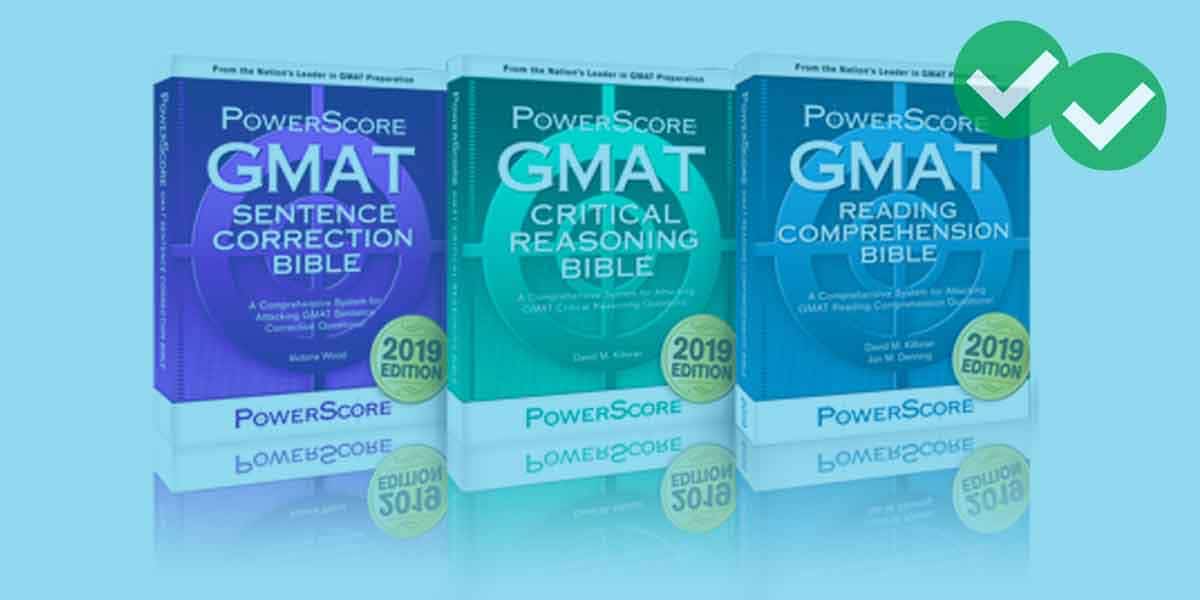- The following is a Multi-Source Reasoning practice problem, which will be part of the GMAT Data Insights section.
- You are allowed to use a calculator on this section, because you will be given an on-screen calculator for Data Insights questions on the real GMAT
- Here, the three “cards” will simply appear one after the other. On the real GMAT, they will be clickable cards all in the view of one window on different tabs.
Card #1
Whizzo Chocolate Company in Chicago, IL, makes a wide variety of exceptionally high quality confections. Each one of their products can be classified into one of 5 groups. (Weights include all necessary packaging for shipping.)
1) 12-piece assortments (1.5 lbs, $14.99), some of which require refrigerated shipping and some of which do not.
2) 20-piece assortments (2.0 lbs, $24.99), some of which require refrigerated shipping and some of which do not.
3) a small chocolate-covered fruit basket (12 lb, $39.99), which requires refrigerated shipping
4) a large chocolate-covered fruit basket (30 lb, $59.99), which requires refrigerated shipping
5) an all-chocolate chessboard with white & dark chocolate chessmen (25 lb, $149.99), which requires refrigerated shipping
Card #2
Whizzo Chocolate Company uses only the following shipping methods
Western Food Sender
a) WFS non-refrigerated service: $50 plus $10 times each pound
b) WFS refrigerated service: $80 plus $15 times each pound
Card #3
If a single order is a “mixed order”, that is, it contains both items that require refrigerated shipping and items that do not require refrigerated shipping, it does no harm to the latter items to ship them in refrigerated shipping. If a single order is a mixed order, customer has a choice:
a) only items requiring refrigerated shipping sent via refrigerated shipping , and all other items sent without refrigeration
b) all items, regardless of type, sentvia refrigerated shipping
When a customer places a mixed order, the Whizzo sales representative will make this choice clear to the customer, and make clear that absolutely no damage will occur by refrigerating those items which don’t require refrigeration.
Practice Problems
1) If a person in Pennsylvania has a total of $500 to spend on a Whizzo order, which of the following orders could he afford, including the cost of shipping?
| five 12-piece assortments, all requiring refrigerated shipping |
Yes |
No |
| two large chocolate-covered fruit basket |
Yes |
No |
| the all-chocolate chessboard with white & dark chocolate chessmen |
Yes |
No |
2) For each of the following “mixed orders”, each containing twenty items total, which shipping option will be less expensive?
Option A) only items requiring refrigerated shipping sent via refrigerated shipping , and all other items sent without refrigeration
Option B) all items, regardless of type, sent via refrigerated shipping
| fifteen 12-piece assortments requiring refrigerated shipping and five 12-piece assortments not requiring refrigerated shipping |
A |
B |
| ten 12-piece assortments requiring refrigerated shipping and ten 12-piece assortments not requiring refrigerated shipping |
A |
B |
| five 12-piece assortments requiring refrigerated shipping and fifteen 12-piece assortments not requiring refrigerated shipping |
A |
B |
Answers and Explanations
(1) Yes; No; No; (2) B, A, A;
1) Base cost of five 12-piece assortment = 5 x $14.99 = $74.95.
Combined weight = 5 x 1.5 = 7.5 lb.
Refrigeration required.
Shipping cost = 80 + 15*75 = $192.50
Total cost = $74.95 + $192.50 = $267.45 -> affordable
Base cost of two large chocolate-covered fruit basket = 2 x $59.99 = $119.98
Combined weight = 2 x 30 = 60 lb
Shipping cost = 80 + 15*60 = $980 -> way over budget
Base cost of all-chocolate chessboard = $149.99
Weight = 25 lbs
Shipping cost = 80 + 15*25 = $455 -> over budget
2) Suppose you have a mixed order and it is all going to be sent via refrigerated shipping. That cost $80 + $15*(# of pound). Suppose some items, not requiring refrigeration, are removed from that shipment, and a non-refrigerated shipment is created. The additional cost is the $50 base cost of a non-refrigerated shipment. The savings per pound is the difference in the per pound rates: $15/lb – $10/lb = $5/lb. When will this saving exceed the additional $50 cost? When the total weight of the non-refrigerated shipment exceeds 10 lbs.
The first order has five 12-piece assortments not requiring refrigerated shipping: 5 x 1.5 = 7.5 lbs of goods not requiring refrigerated shipping. That is not enough to justify a separate non-refrigerated order.
The second order has ten 12-piece assortments not requiring refrigerated shipping: 10 x 1.5 = 15 lbs of goods not requiring refrigerated shipping. That is enough to justify a separate non-refrigerated order.
The third order has even more weight not requiring refrigerated shipping, so this one will also justify a separate non-refrigerated order.
BTW, the name “Whizzo Chocolate Company” is my homage to a classic Monty Python skit. 🙂






Leave a Reply